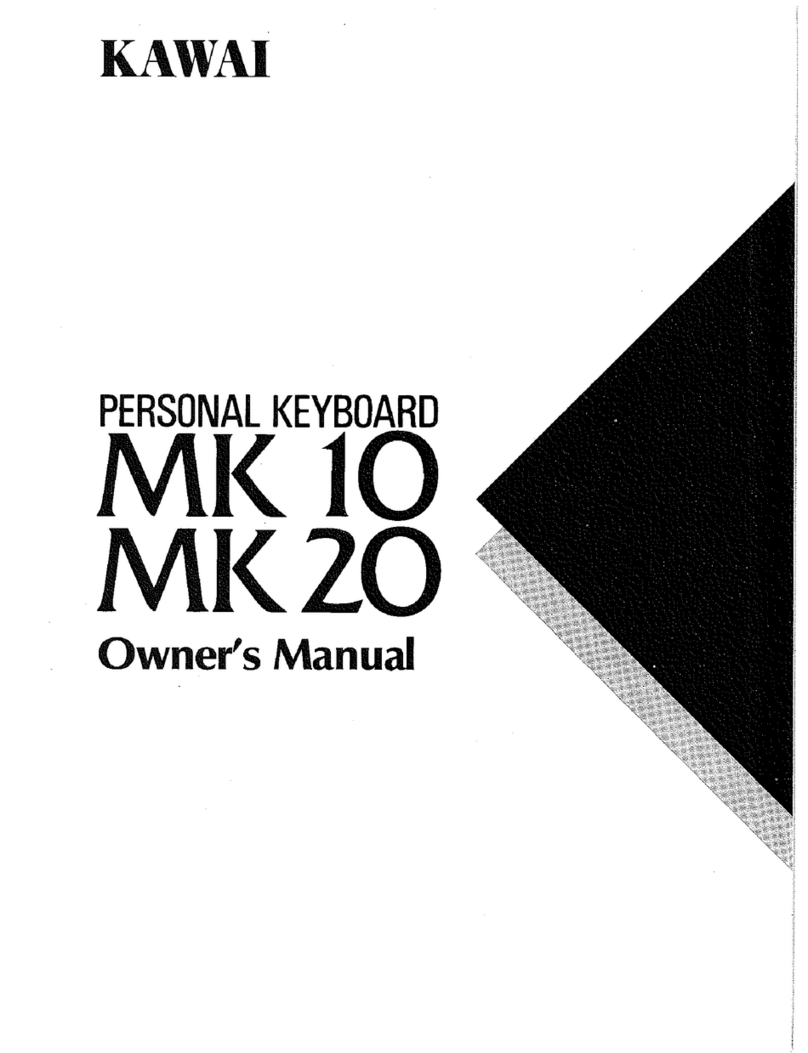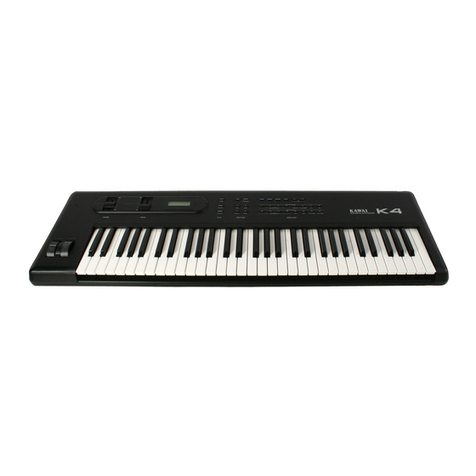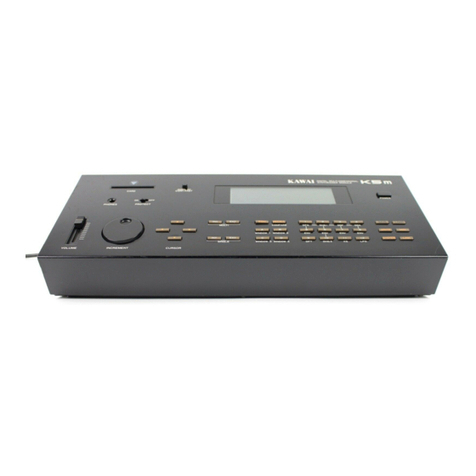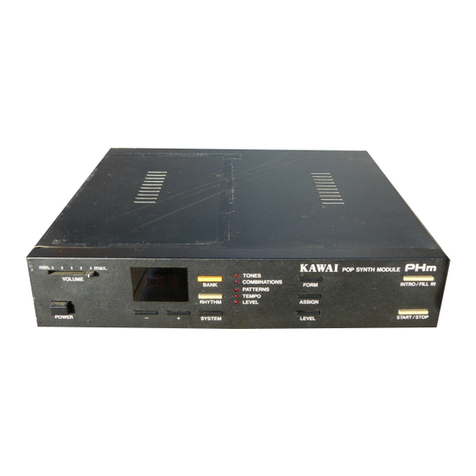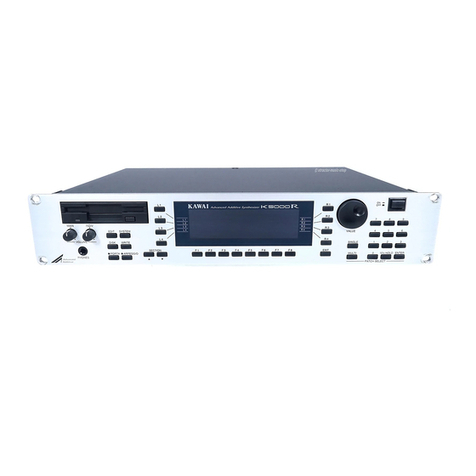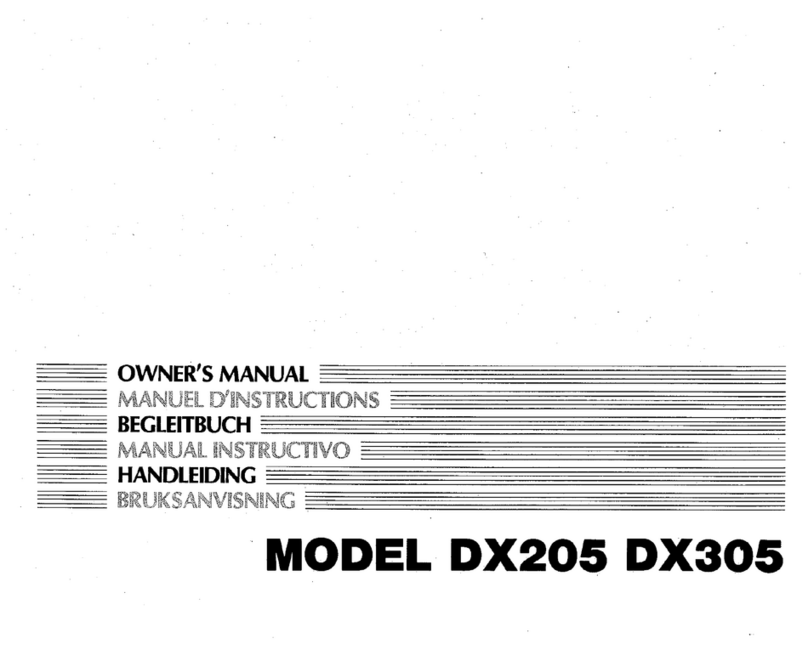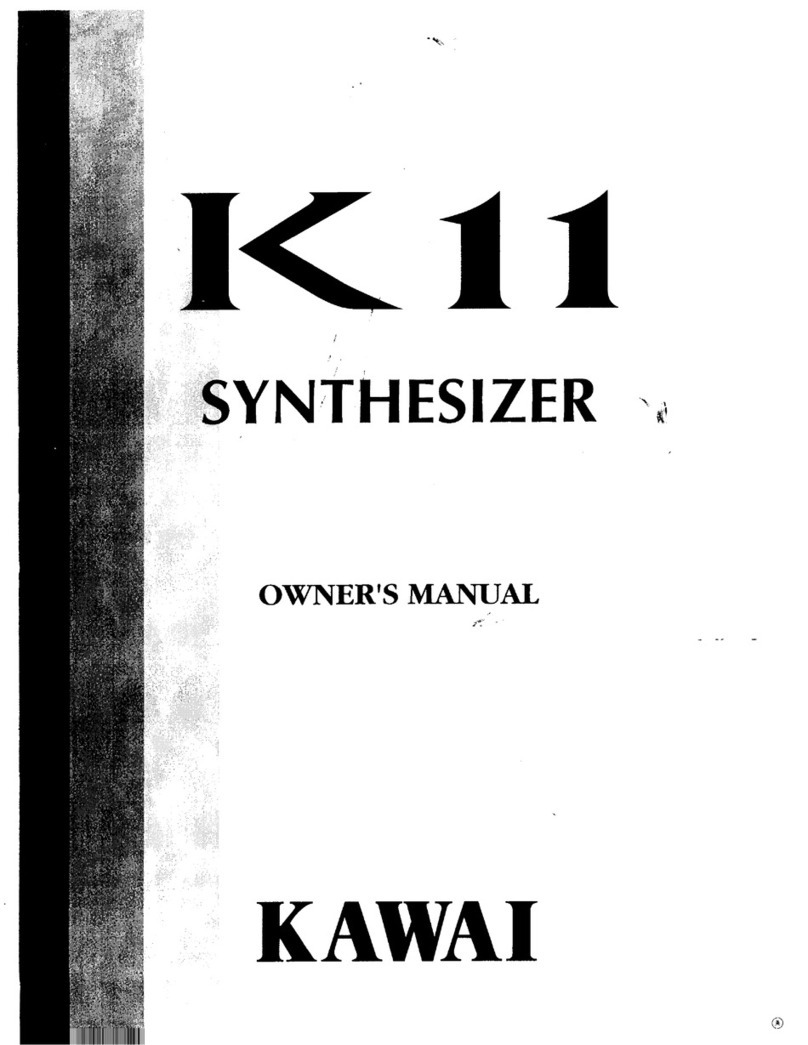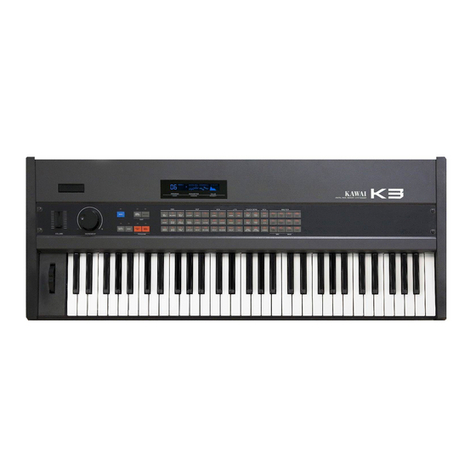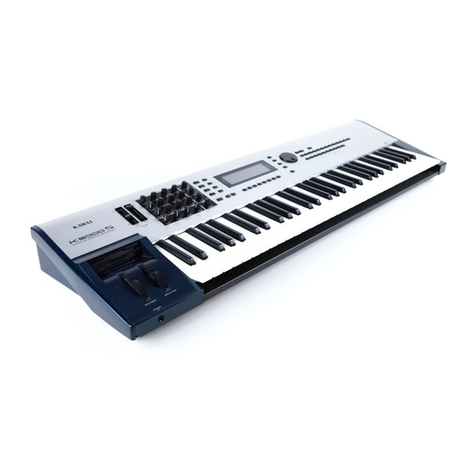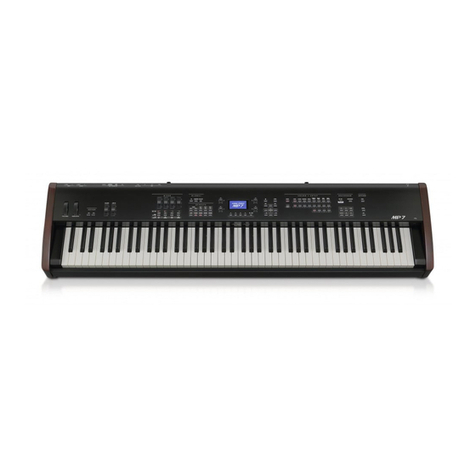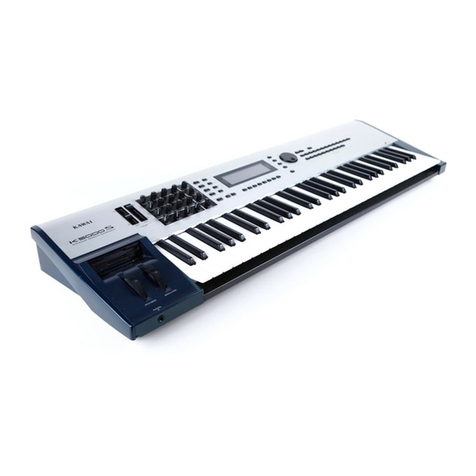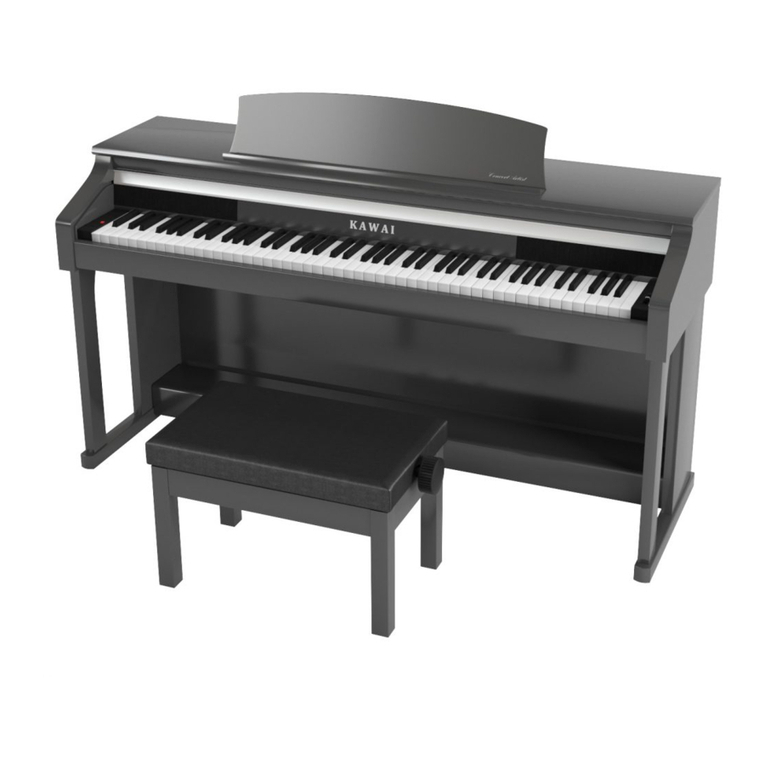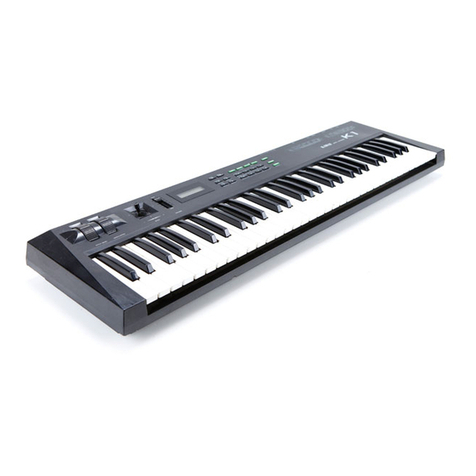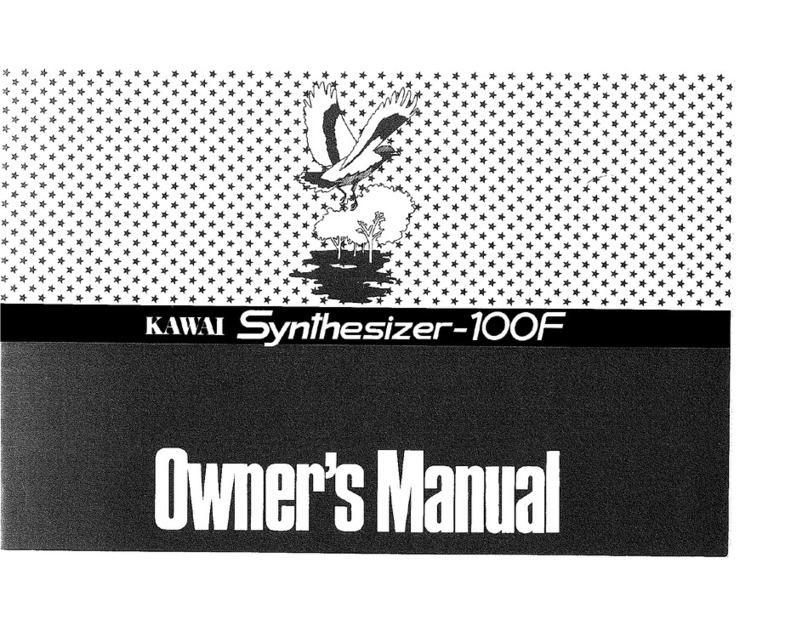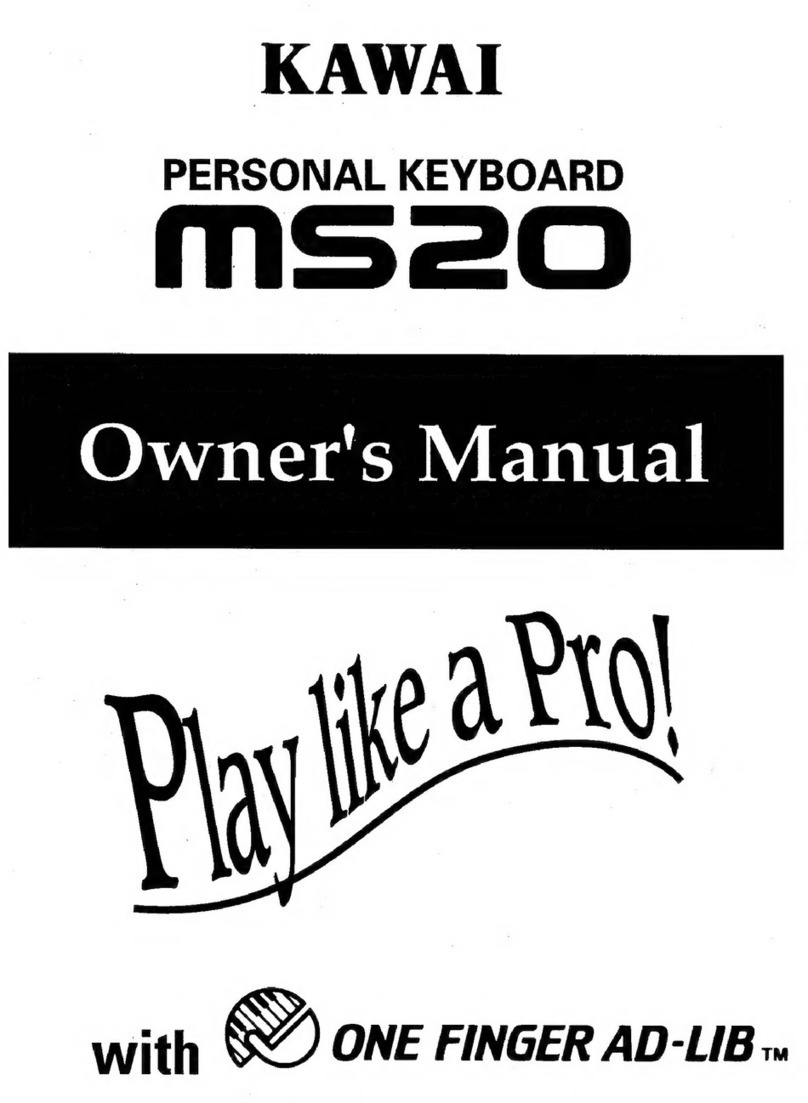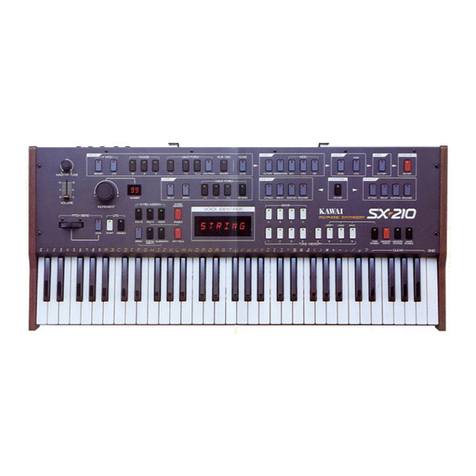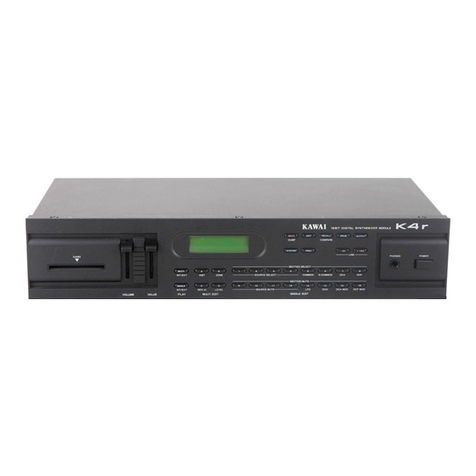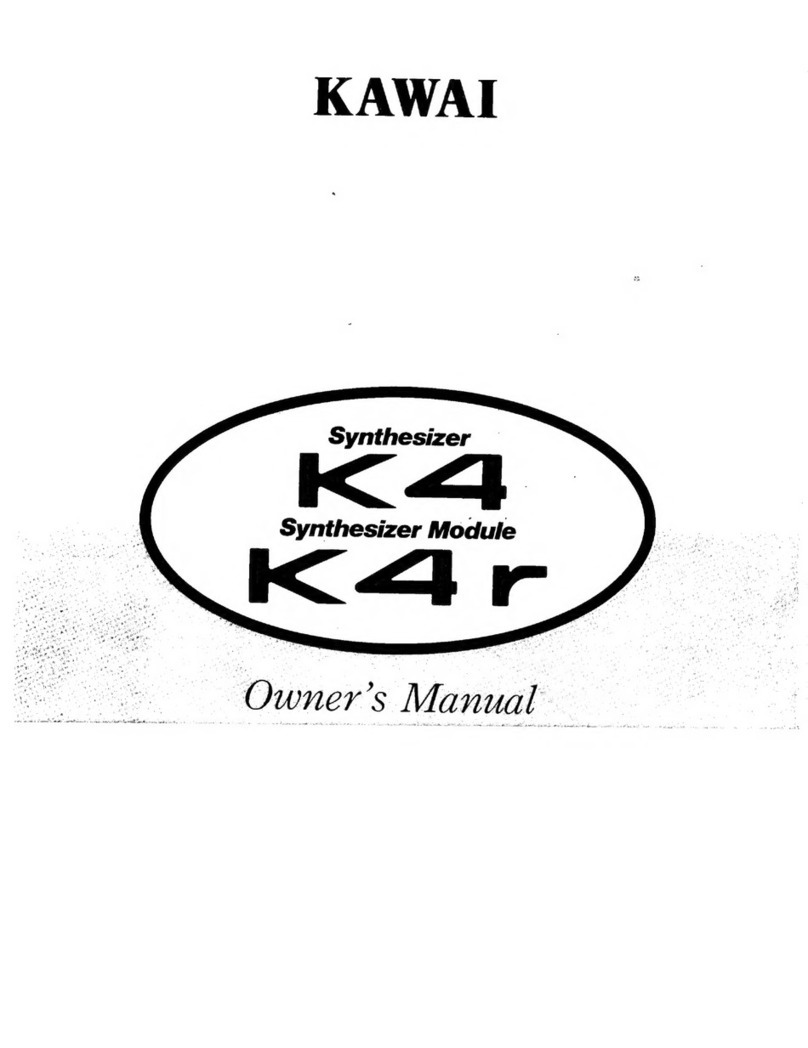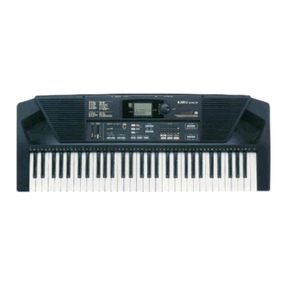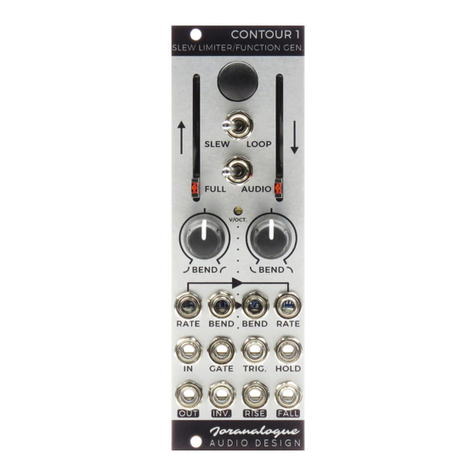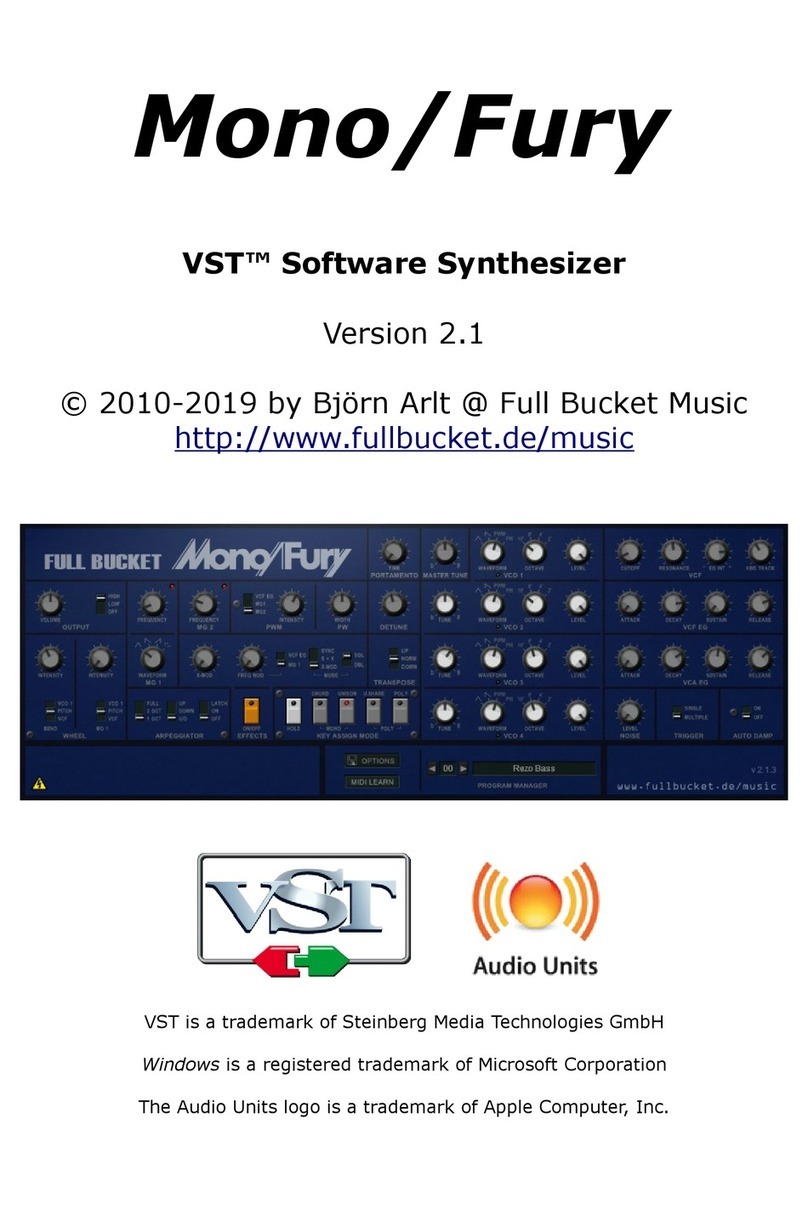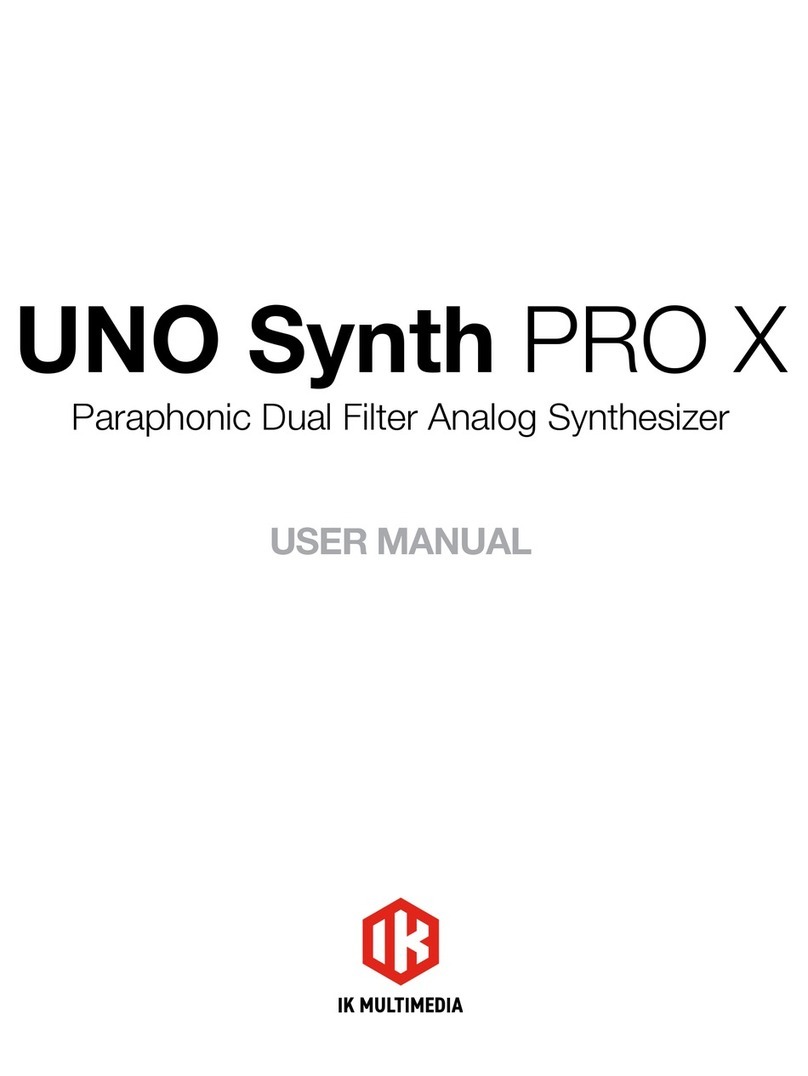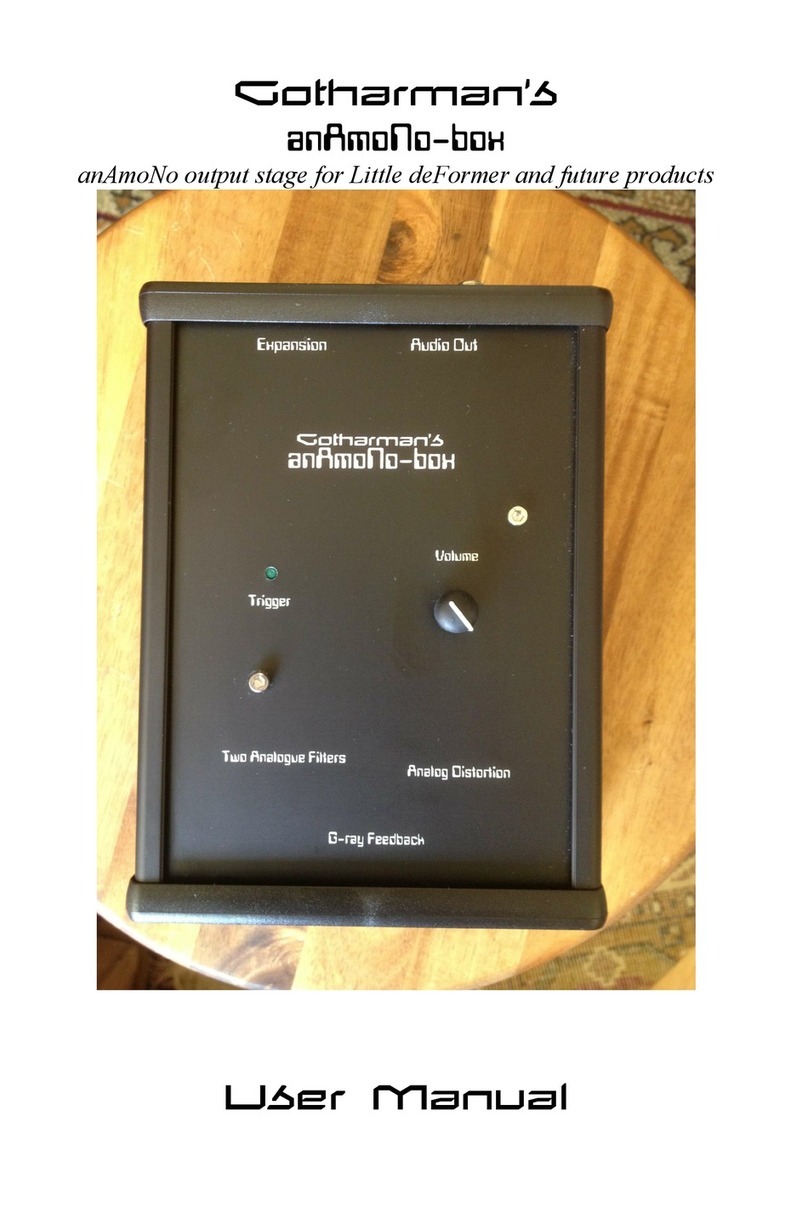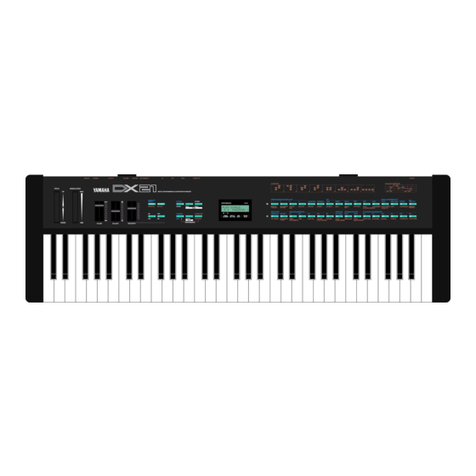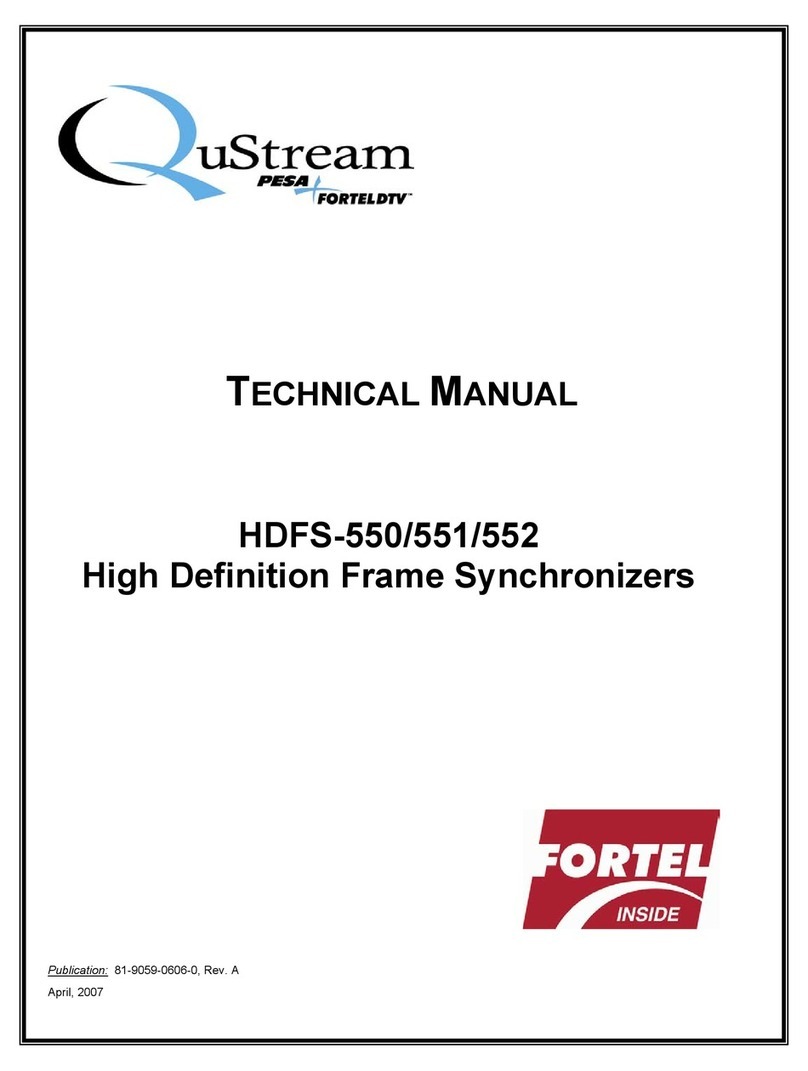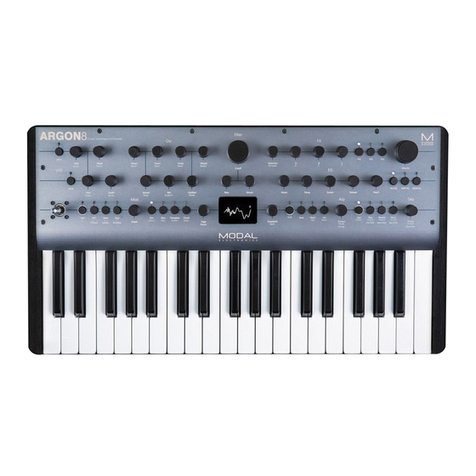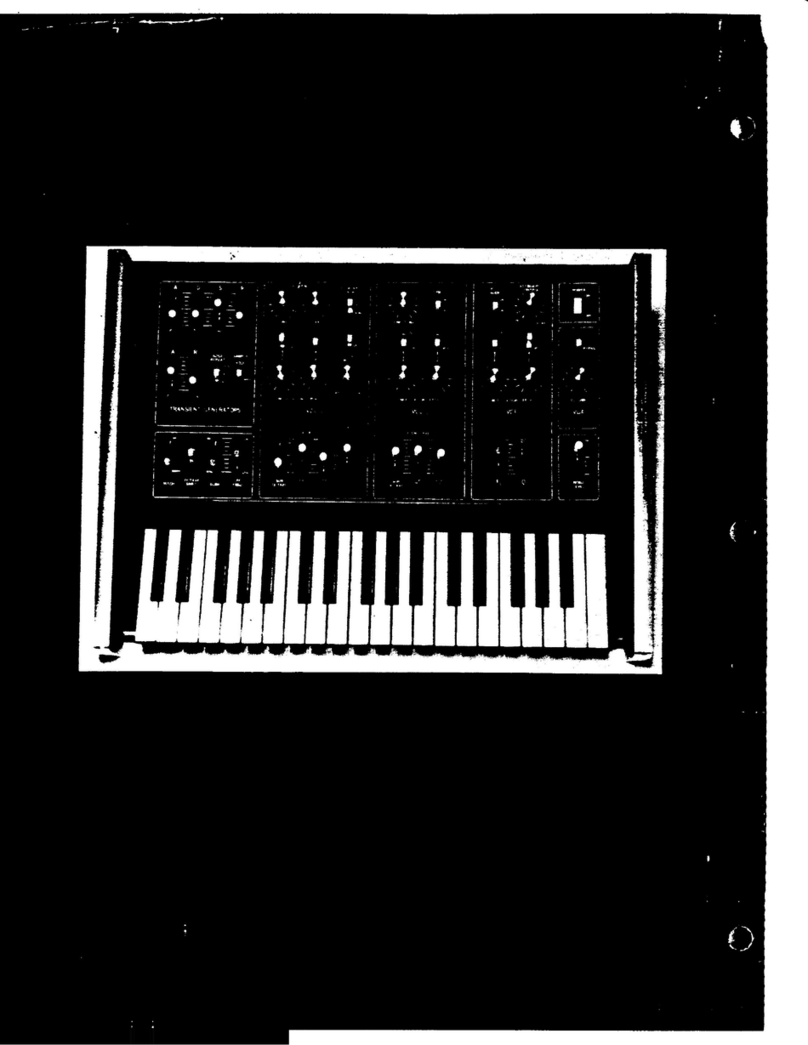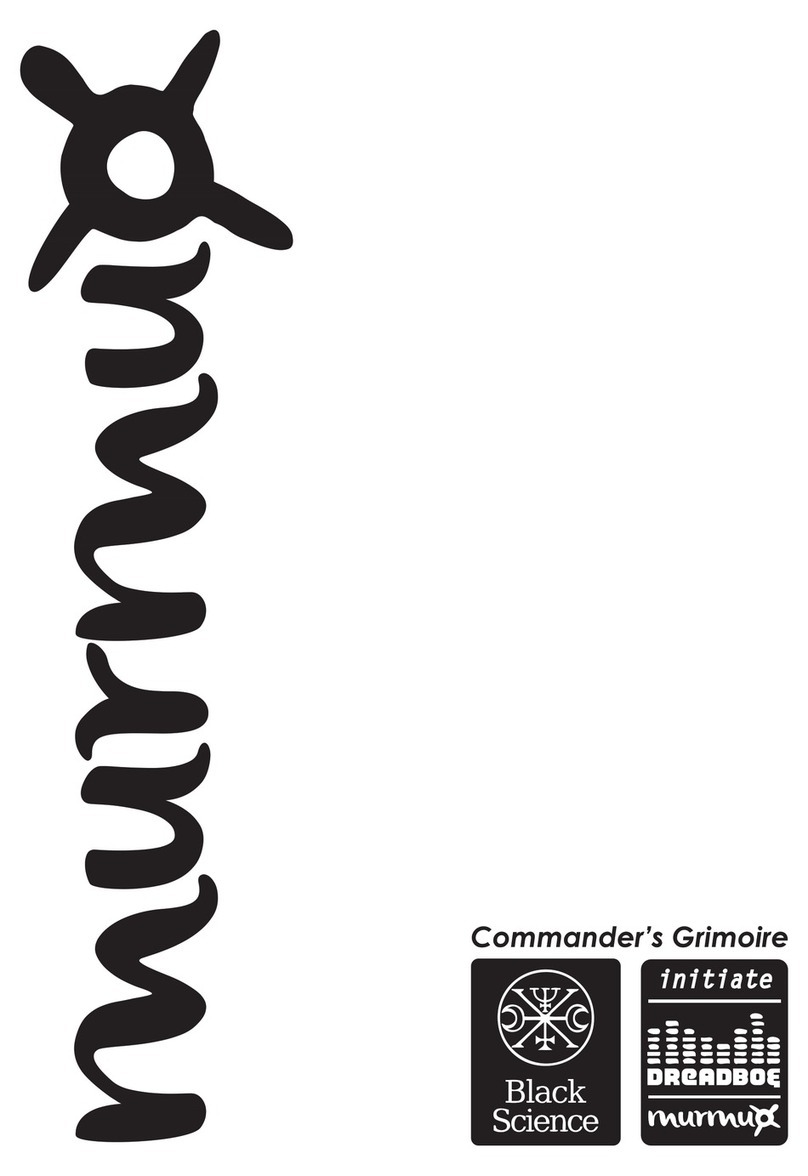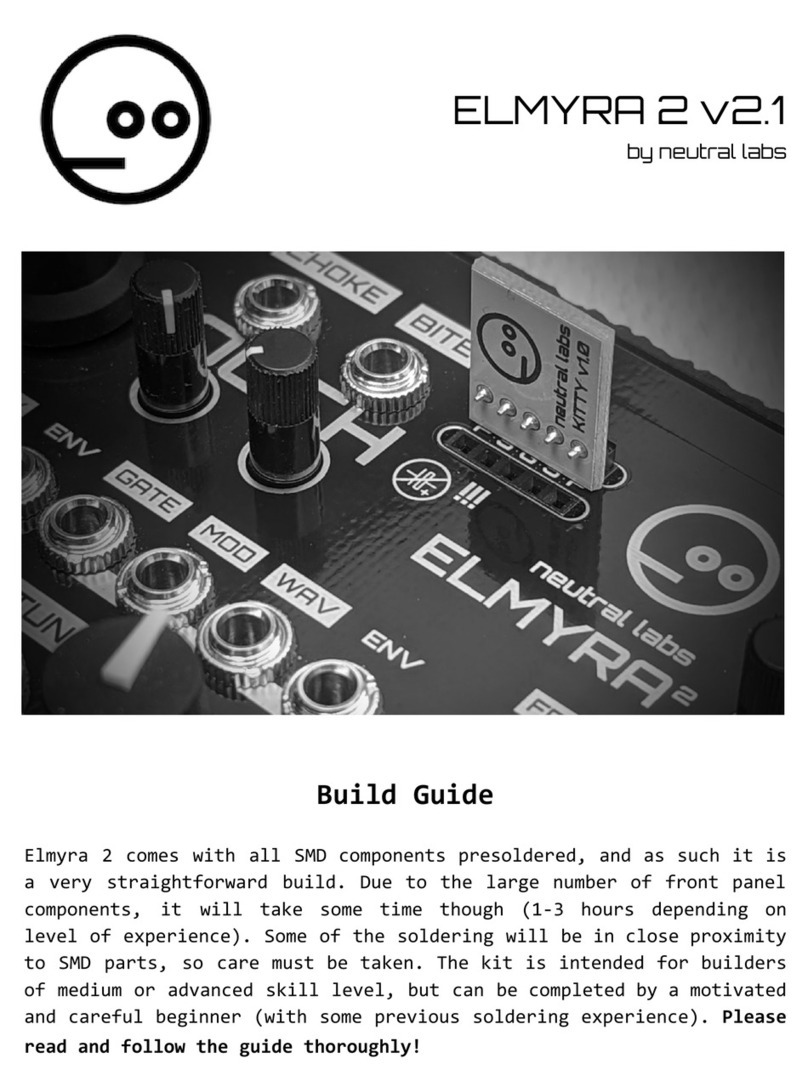
Е
Table
of
Contents
Ш
Before
Using
the
FS680..
Ш
Overall
Diagram
and
Explanation
(Operation
рапе])...................................
В-4
Ш
Overall
Diagram
and
Explanation
(Rear
panel
and
Кеуѕ)............................
B-6
Ш
Getting
Started
on
your
FS680
Selecting
боипа5.....................................
В-7
Ш
Getting
Started
with
Rhythm................
В-8
E
Other
Important
Rhythm
Functions....B
–
9
E
Changing
Rhythm
Тетро...................
B-10
Ш
Using
Auto-Accompaniment
for
easy
ensemble
р1ау.........................
B-11
Ш
Using
Auto-Accompaniment
Section:
AUTO
Listin
В-12
Ш
Using
ONE
FINGER
AD-LIB
for
ап
ad-lib
performance
..................
В-13
Ш
Тһе
Mixer
5есйїоп.................................
В-16
Ш
Using
the
REGISTRATION
Memory
AAA
иын
Н
В-18
E
Using
the
Real
Time
RECORDER
......B
—
21
шш
EOE
ts
ds
24
ЖЕ
2
Ш
Advanced
Use
of
Sounds:
....................
А-1
©
Combing
Two
боипд5з......................
А-1
O
Adding
Ебесіз......................
А-2
Ш
Advanced
Use
of
Auto-
Accompaniment
Ѕесіоп:......................
A-3
O
Explanation
of
the
AUTO
2.............
A-4
©
Explanation
of
the
AUTO
3.............
A-6
O
Explanation
of
the
AUTO
4.............
А-7
©
Introducing
Accompaniment
A
а
а
ЕЕ
А-8
Ш
Creating
Your
Own
Sound.................
А-10
O
the
Synthesizer
Function:
..............
А-10
%
Changing
the
Parameters..........
А-1
Ф
Storing
Your
New
Sound
..........
А-14
Ш
Creating
Rhythm
and
Auto-
Accompaniment
Patterns:
..................
А-15
O
Creating
Basic
Patterns
..................
А-16
©
Creating
ЕШ
іп
and
Intro/Ending
РаНегп....................
А-17
Ө
Storing
the
Newly
Created
Patterns
А-19
Ш
Programmable
ONE
FINGER
AD-LIB:
.......................
А-20
O
Creating
Ргазе...............................
А-20
O
Storing
Phrase
.................................
А-22
Ш
Using
the
SYSTEM
Functions:
...........
А
–
24
@
Tuning
Соп{то]................................
А-24
Ө
Transpose
and
Accompaniment
Hold
Pedal
asadas:
А
-25
E
Using
the
MIDI
Functions:
.................
А-26
O
Creating
SONGS
................................
А-26
©
Changing
MIDI
Channel...............
A-29
O
Using
the
External
Sequencer:
......A
—
30
%
Sending
Automatic
Function....A
-
30
%
Creating
Ра{&егп5........................
А-31
%
Creating
О.Е
AD-LIB
Phrase....A
-
33
%
Using
Other
Functions
..............
А
–
34
Appendixes
Ш
Аррепаїхез...........................................
Ар-1
E
MIDI
Implement
СҺагі.......................
Ар-2
Ш.Әресінсапойвзысды
с
о
араны
Ар-4
